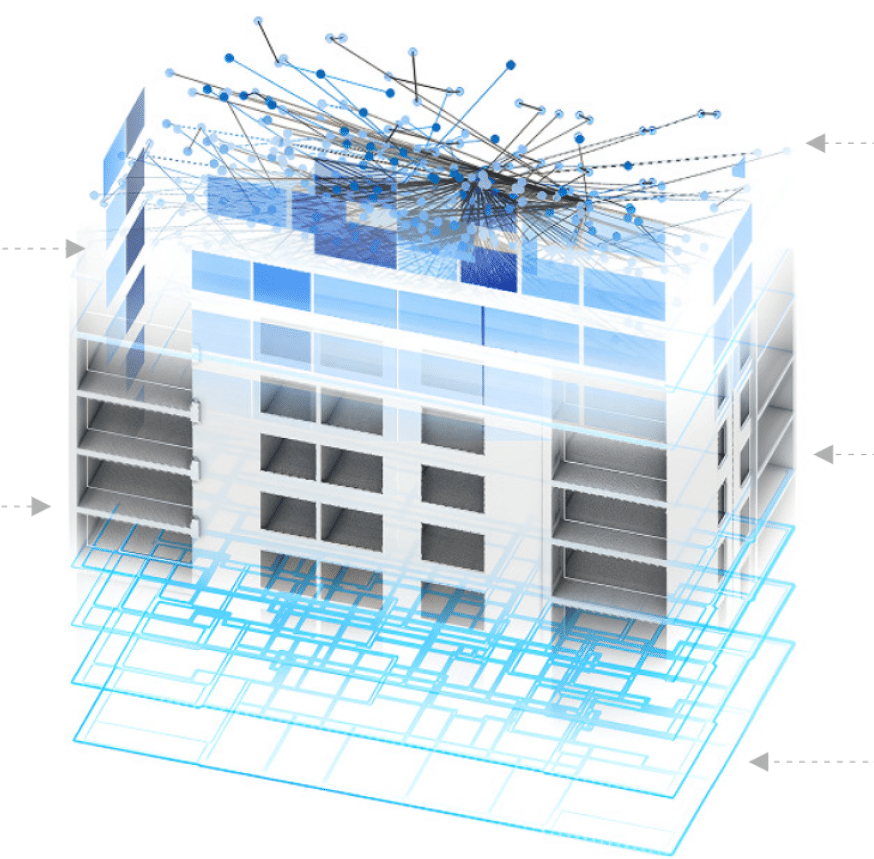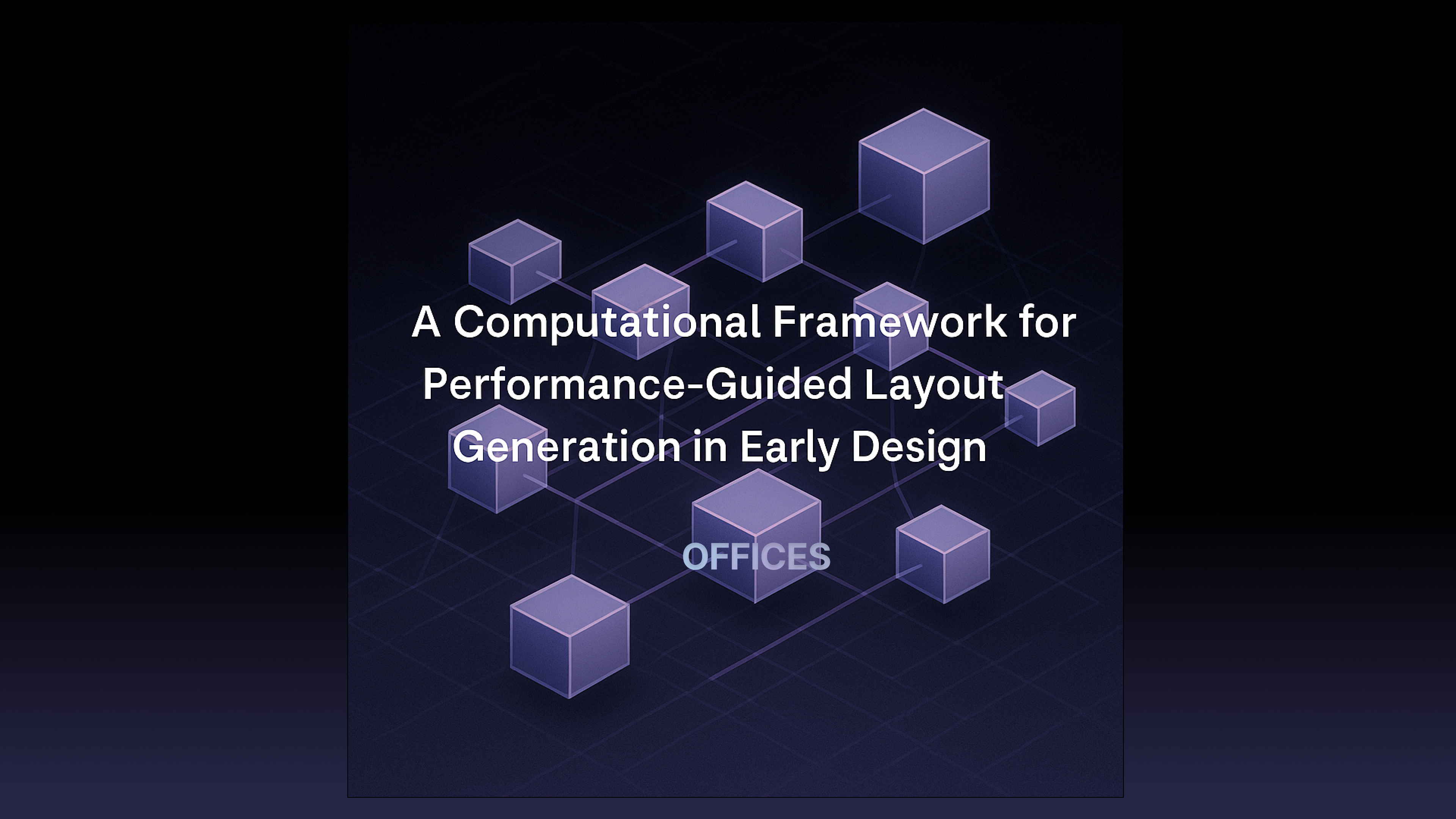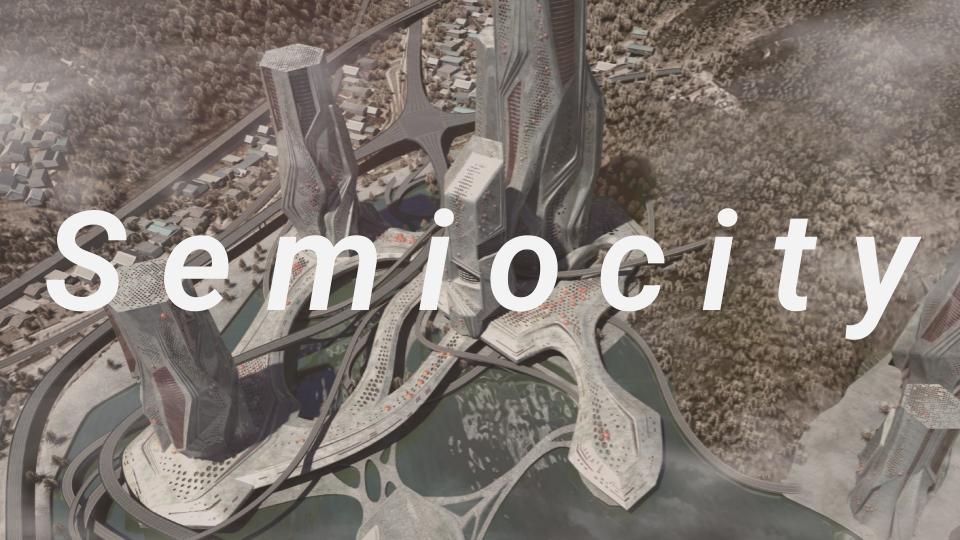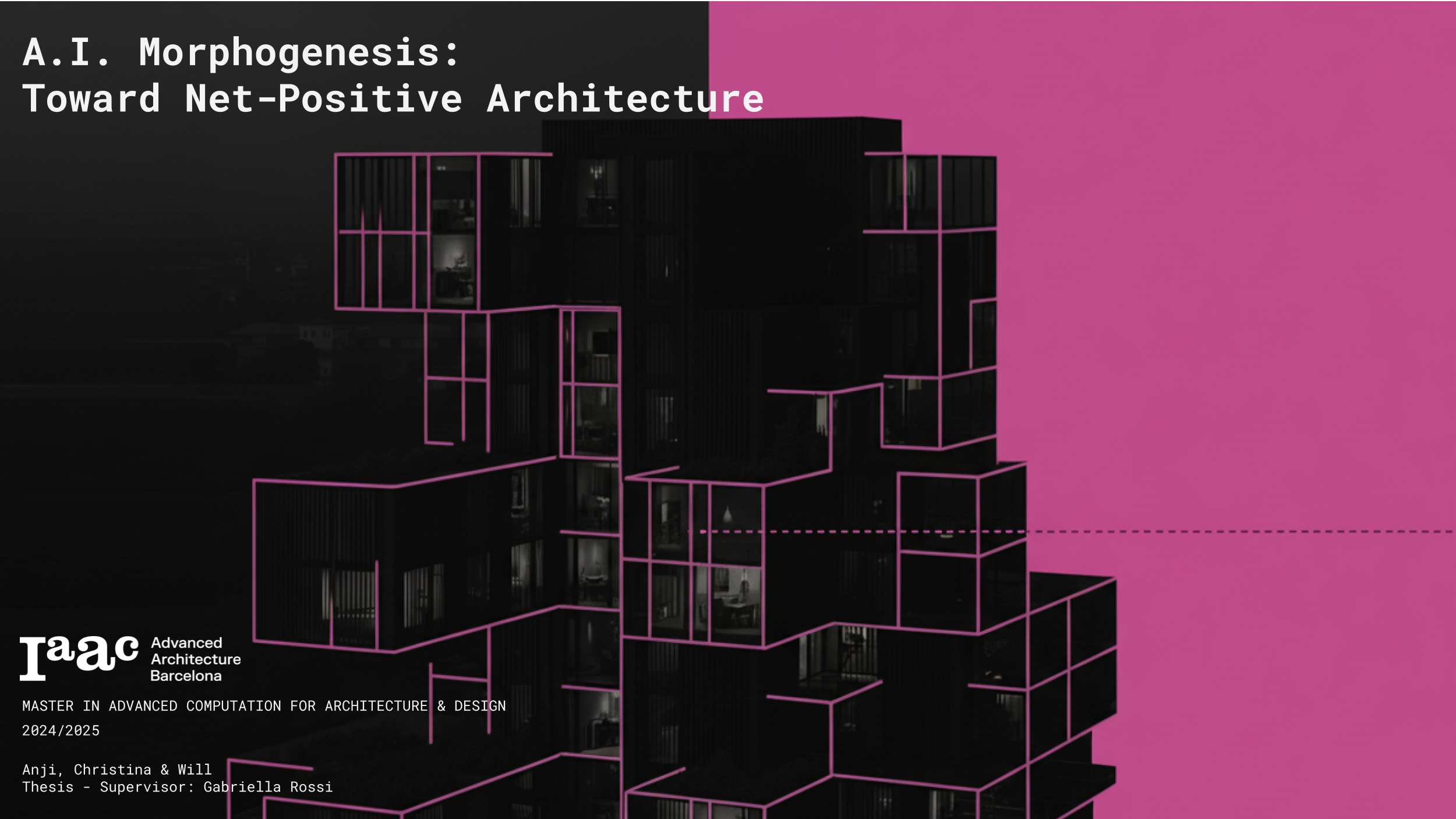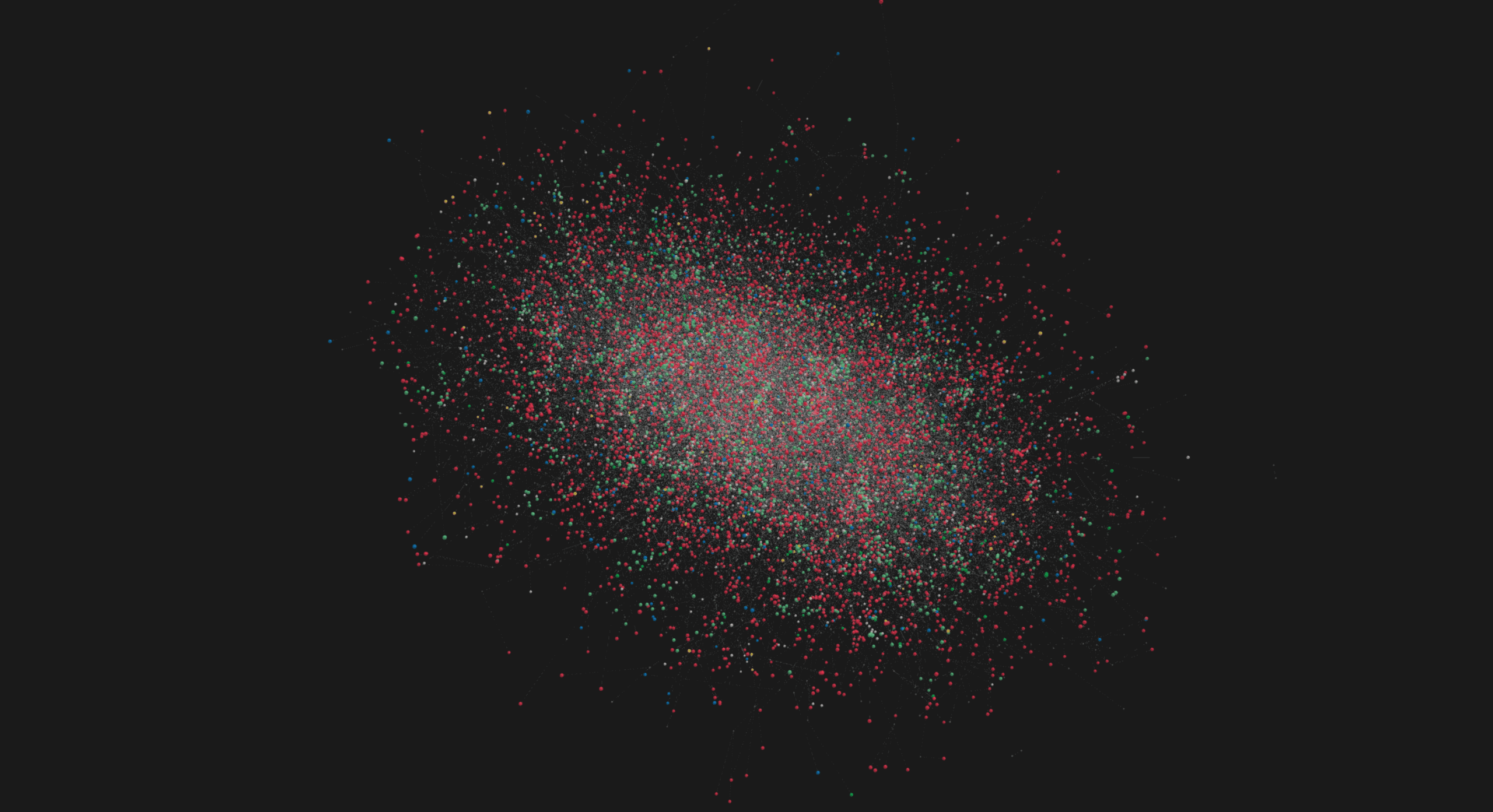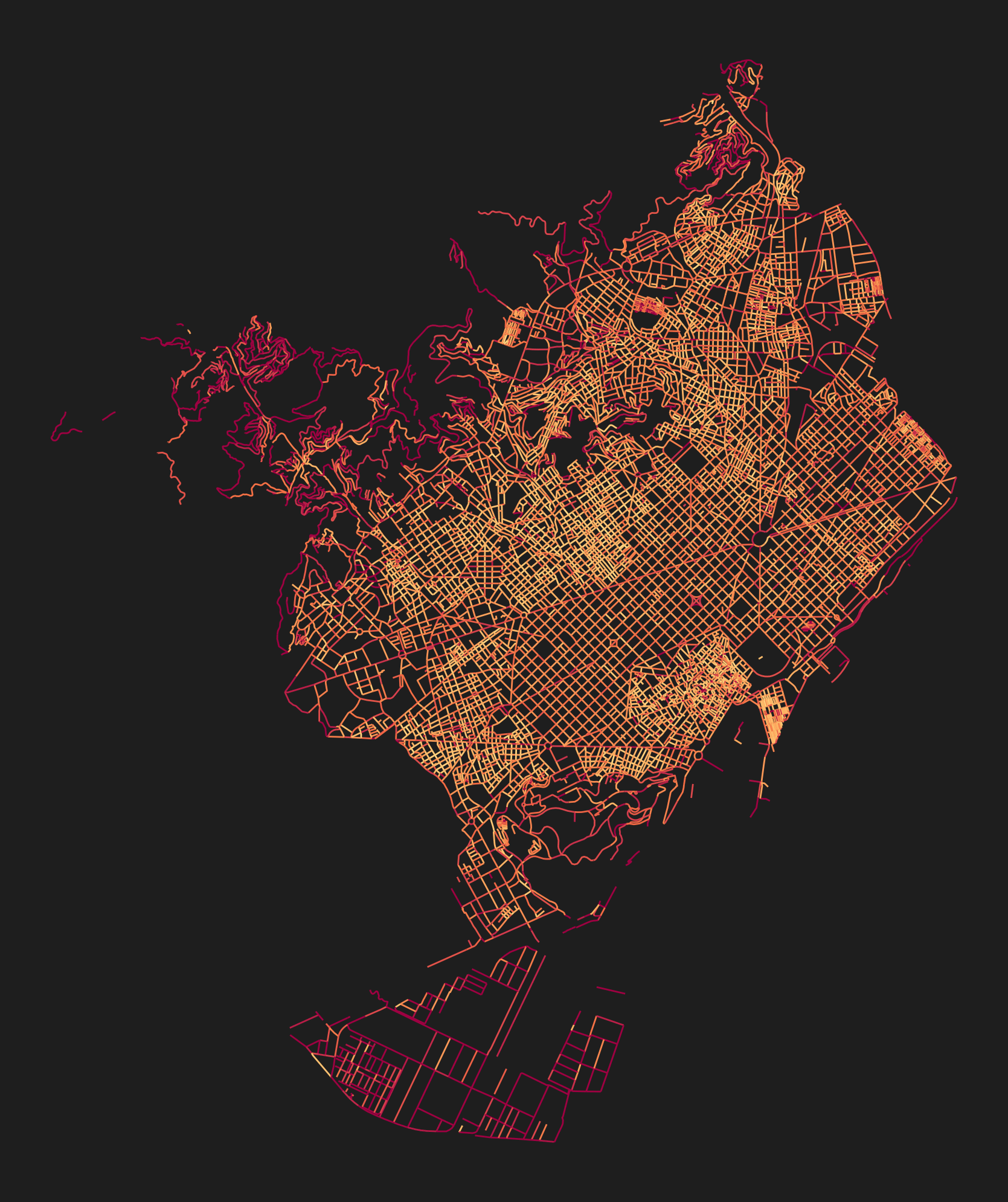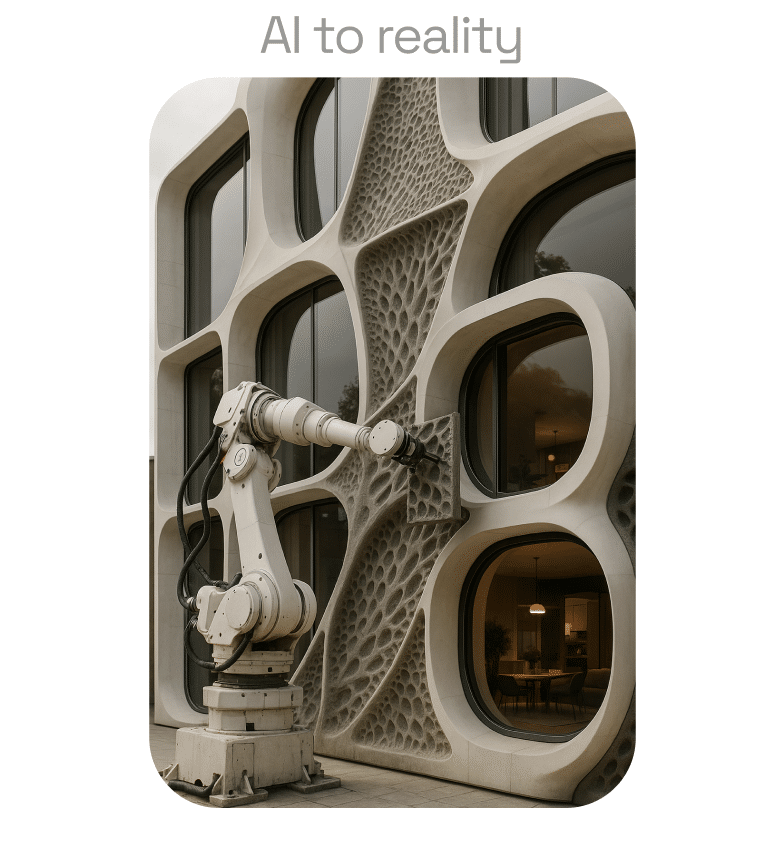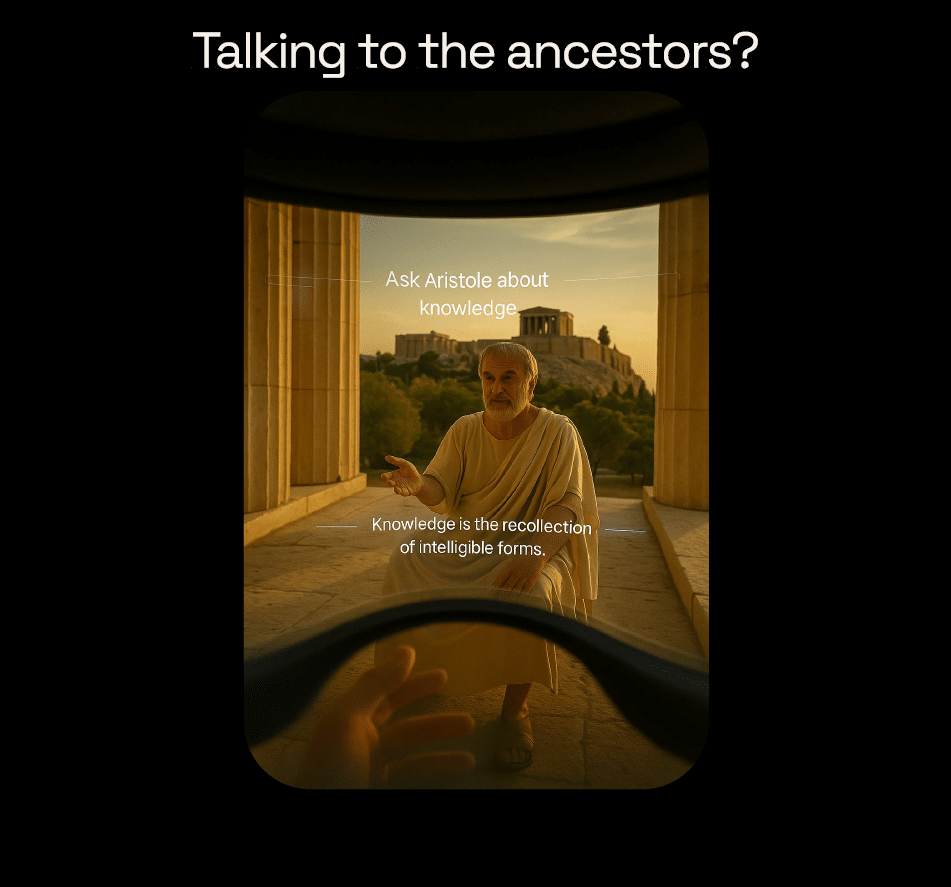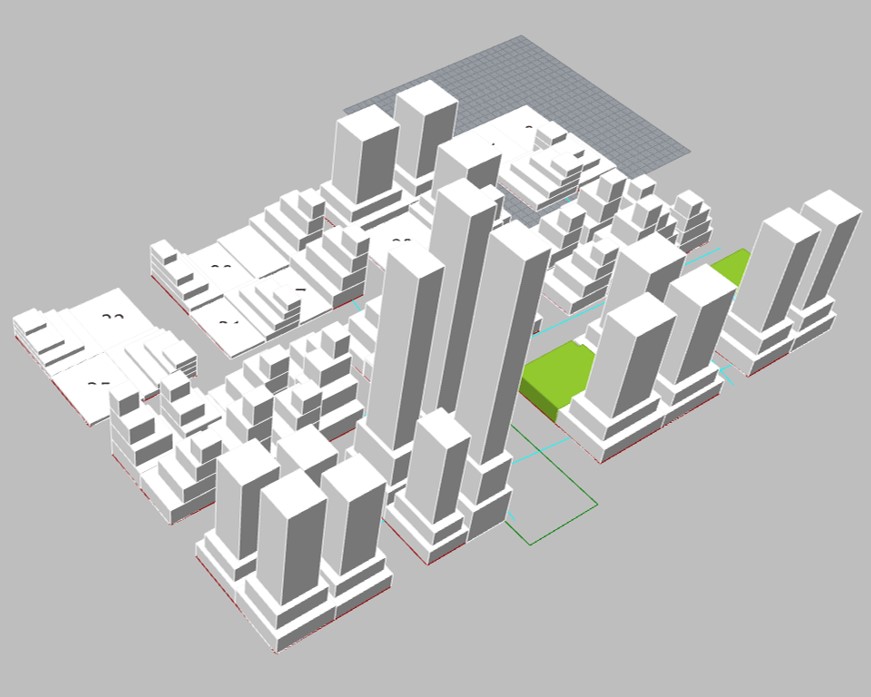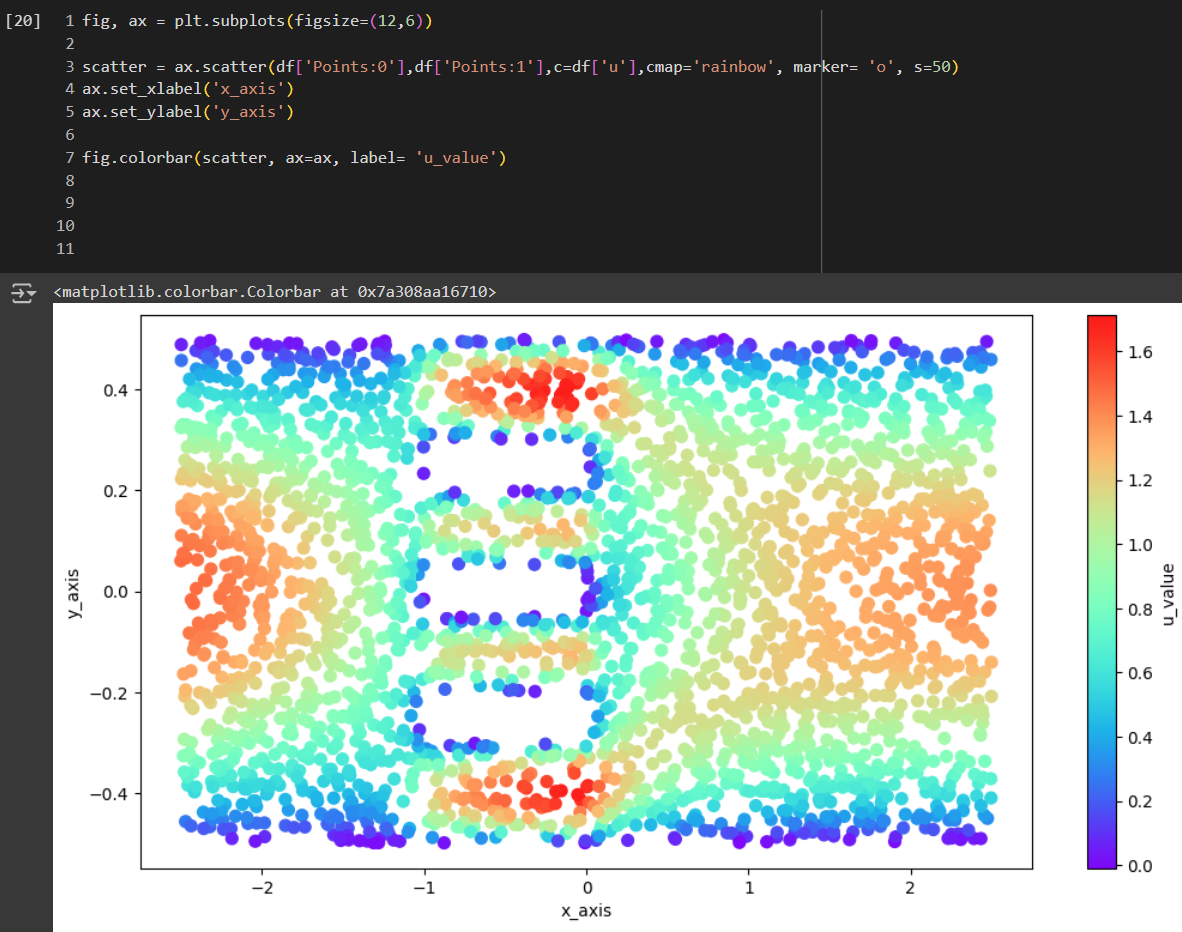Timber Trace – Mapping the Hidden Forest Costs of Timber Architecture
Timber is booming in architecture, often framed as a climate solution. But carbon is only part of the story. Forests are living systems whose shape matters: edges, cores, perforations, and bridges all affect biodiversity, microclimate, and resilience. Timber Trace asks: What does logging monitoring really tell us about the hidden impact of timber in architecture, … Read more


